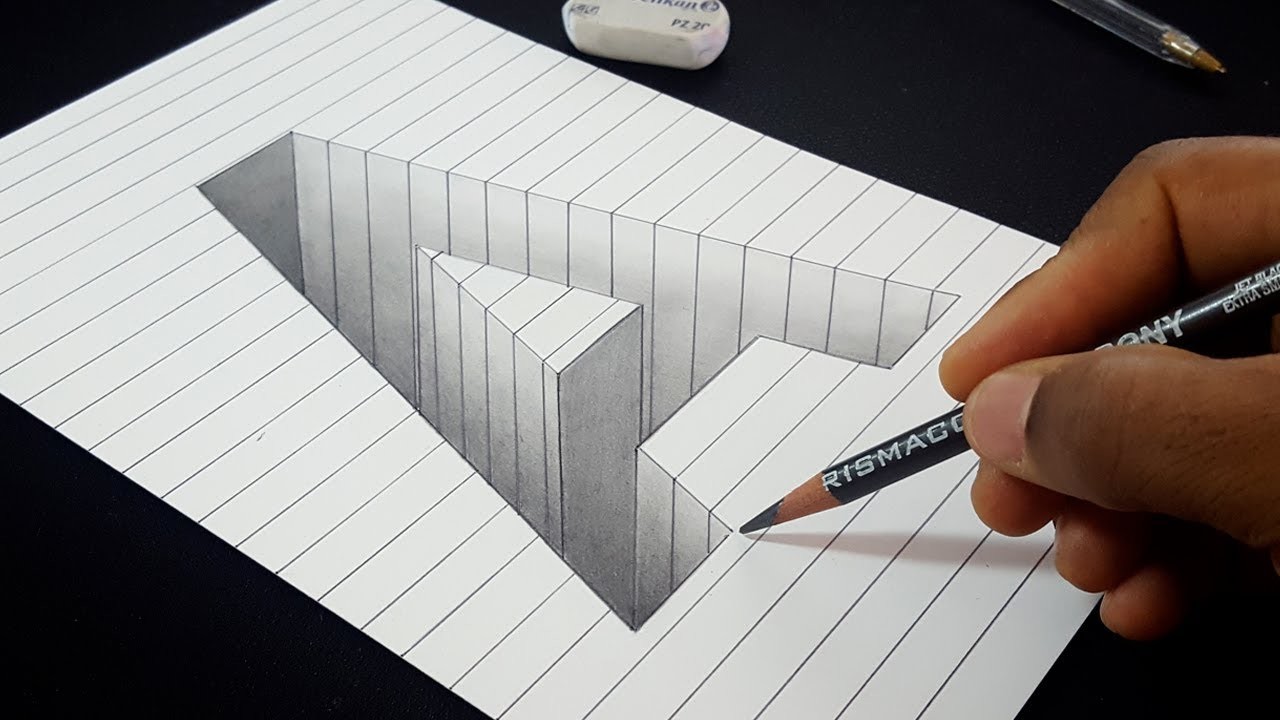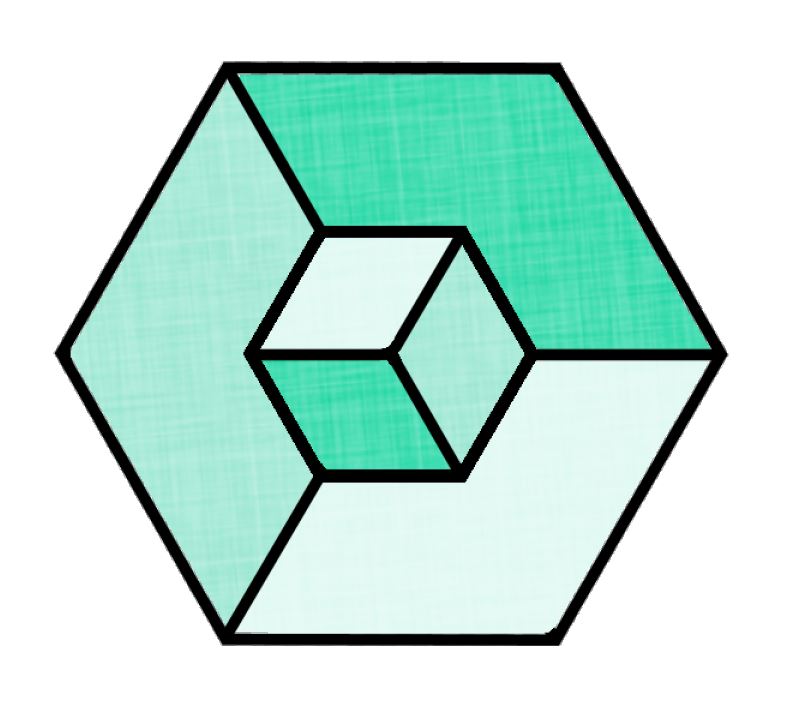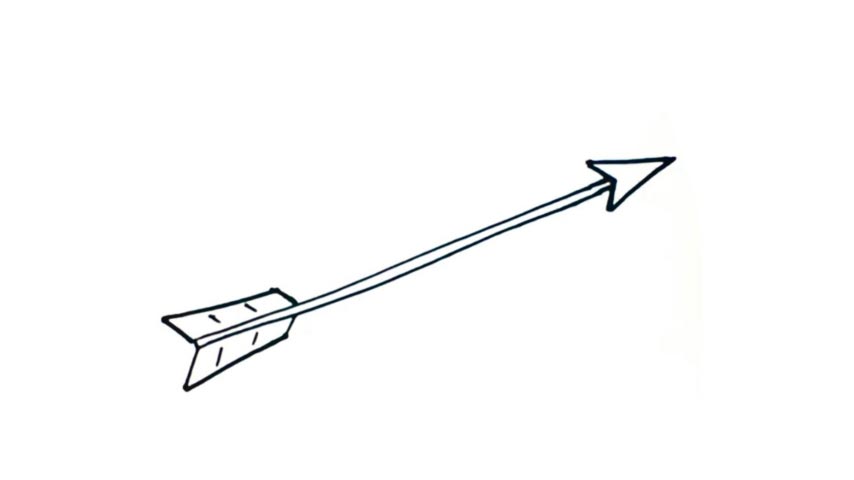Drawing figure poses reference standing human body male female stick anime model sketch references tutorial basic sitting manga clipartmag getdrawings
Table of Contents
Table of Contents
Do you struggle with figure drawing? Are your sketches not turning out the way you want them to? You’re not alone. Many artists, whether beginners or professionals, face the same challenge. But here’s the good news - with the right techniques and practice, anyone can learn how to figure draw with confidence and skill.
When it comes to figure drawing, some common struggles include proportion, anatomy, and creating natural poses. These can lead to frustration and discourage many artists from pursuing their passion. But don’t give up just yet.
The key to successful figure drawing lies in understanding the human body and its underlying structure. By breaking down the body into basic shapes and understanding the placement of joints and muscles, you can create accurate and dynamic poses.
In summary, to improve your figure drawing skills, you need to study anatomy, practice proportions, and learn how to create natural and dynamic poses. By understanding these fundamental principles, you can take your figure drawing to the next level.
How to Study Anatomy for Figure Drawing
One of the most important aspects of figure drawing is understanding anatomy. To do this, you can start by studying the skeletal and muscular systems of the human body. A great way to do this is by using reference images, such as those found in anatomy books or online resources.
Personally, I like to practice by sketching different parts of the body from different angles. For example, I might draw the arm from the front, side, and back to get a better understanding of the muscle structure and how it changes with movement.
 Another helpful tip is to study the work of artists who specialize in figure drawing, such as Leonardo da Vinci or Michelangelo. By analyzing their techniques and studying their drawings, you can learn new techniques and gain inspiration for your own work.
Another helpful tip is to study the work of artists who specialize in figure drawing, such as Leonardo da Vinci or Michelangelo. By analyzing their techniques and studying their drawings, you can learn new techniques and gain inspiration for your own work.
How to Practice Proportions for Figure Drawing
Proportion is another important aspect of figure drawing. To improve your proportions, it’s best to study the relationship between different parts of the body, such as the distance between the chin and the chest, or the length of the arms compared to the legs.
One way to practice this is by using reference images and drawing grids on top to help you place the features in the correct position. Another exercise is to draw the same pose or figure multiple times, making adjustments to the proportions each time until you achieve the desired result.
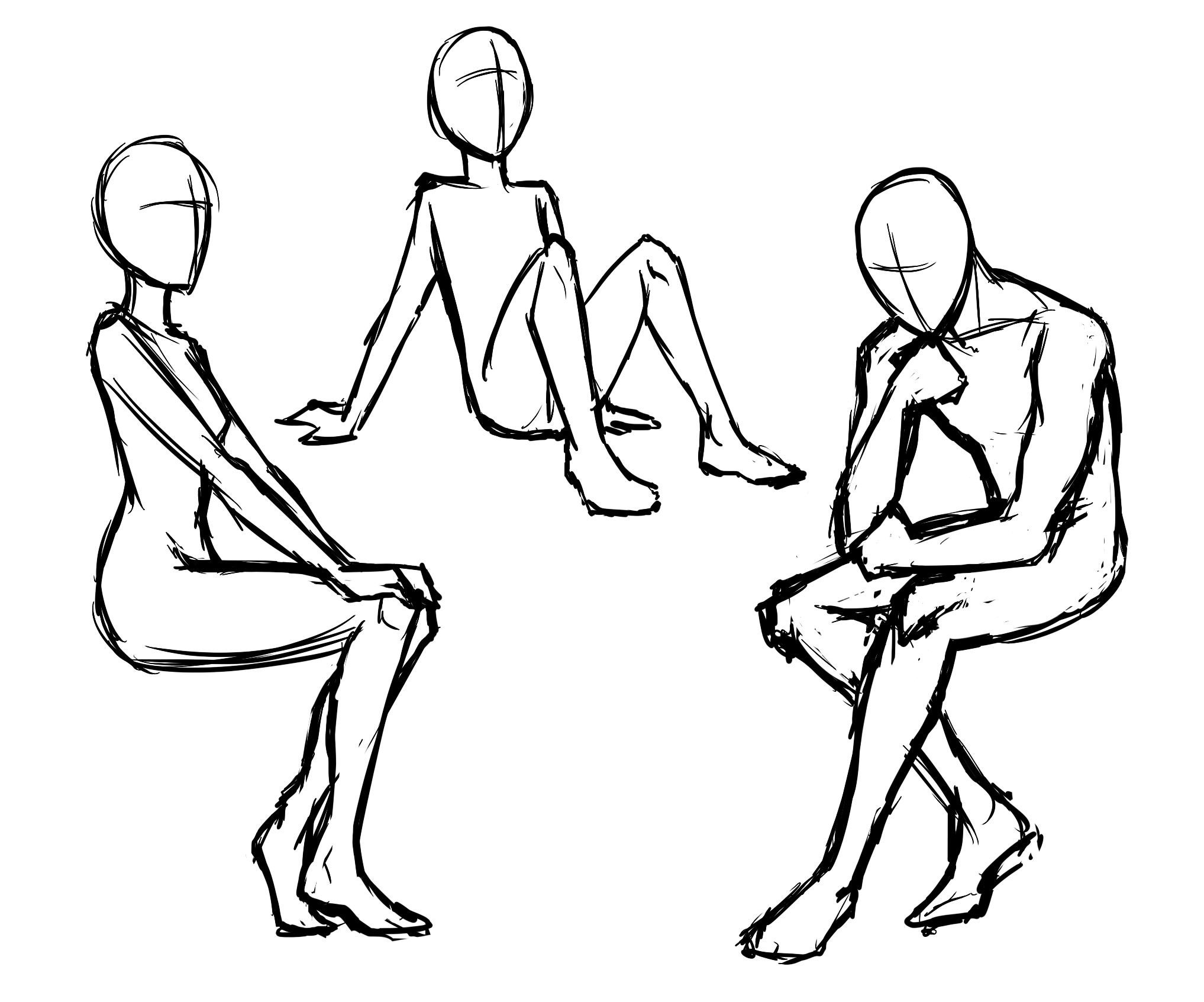 ### Creating Natural and Dynamic Poses
### Creating Natural and Dynamic Poses
The final aspect of figure drawing is creating natural and dynamic poses. This involves understanding how the body moves and how different muscles work together to create movement.
A great way to practice this is by observing real people and studying their movements. You can also use reference images and study the poses of different characters or figures in artwork.
Conclusion of How to Figure Draw
By studying anatomy, practicing proportions, and learning how to create natural and dynamic poses, you can take your figure drawing skills to the next level. Remember, it takes time and practice to improve, so keep at it and don’t get discouraged. With the right techniques and dedication, anyone can become a skilled figure artist.
Question and Answer:
**Q: How can I improve my line work in figure drawing?**A: One way to improve your line work is to use a variety of line weights. This can add depth and dimension to your sketches. You can also practice making bold, confident strokes to convey movement and energy.
**Q: What are some common mistakes to avoid in figure drawing?**A: Some common mistakes include incorrect proportions, stiff poses, and inaccurate anatomy. To avoid these mistakes, try to break down the body into basic shapes and study how they relate to one another. Additionally, practice drawing from real-life models or using reference images to ensure accuracy.
**Q: How often should I practice figure drawing?**A: It’s best to practice figure drawing regularly, ideally every day, even if it’s just for a few minutes. This will help you improve your skills and keep your drawing muscles sharp.
**Q: What materials do I need to get started in figure drawing?**A: All you really need is a pencil and paper to get started. As you progress, you may want to invest in a variety of pencils (such as graphite or charcoal) and different types of paper to experiment with textures and line weights.
Gallery
Girl Drawing Figure | Free Download On ClipArtMag

Photo Credit by: bing.com / clipartmag
Cristina’s Cafe Sketch Blog: October 2010 | Human Sketch, Sketches Of

Photo Credit by: bing.com /
Basic Human Drawing At GetDrawings | Free Download

Photo Credit by: bing.com / basic drawing shapes human shape draw construction basics using lines beginners copy getdrawings these sean sullivan ksean
Anime Figure Drawing Tutorial Figure Drawing By Rainyseason On

Photo Credit by: bing.com / drawing figure poses reference standing human body male female stick anime model sketch references tutorial basic sitting manga clipartmag getdrawings
Figure Drawing Studies On Behance
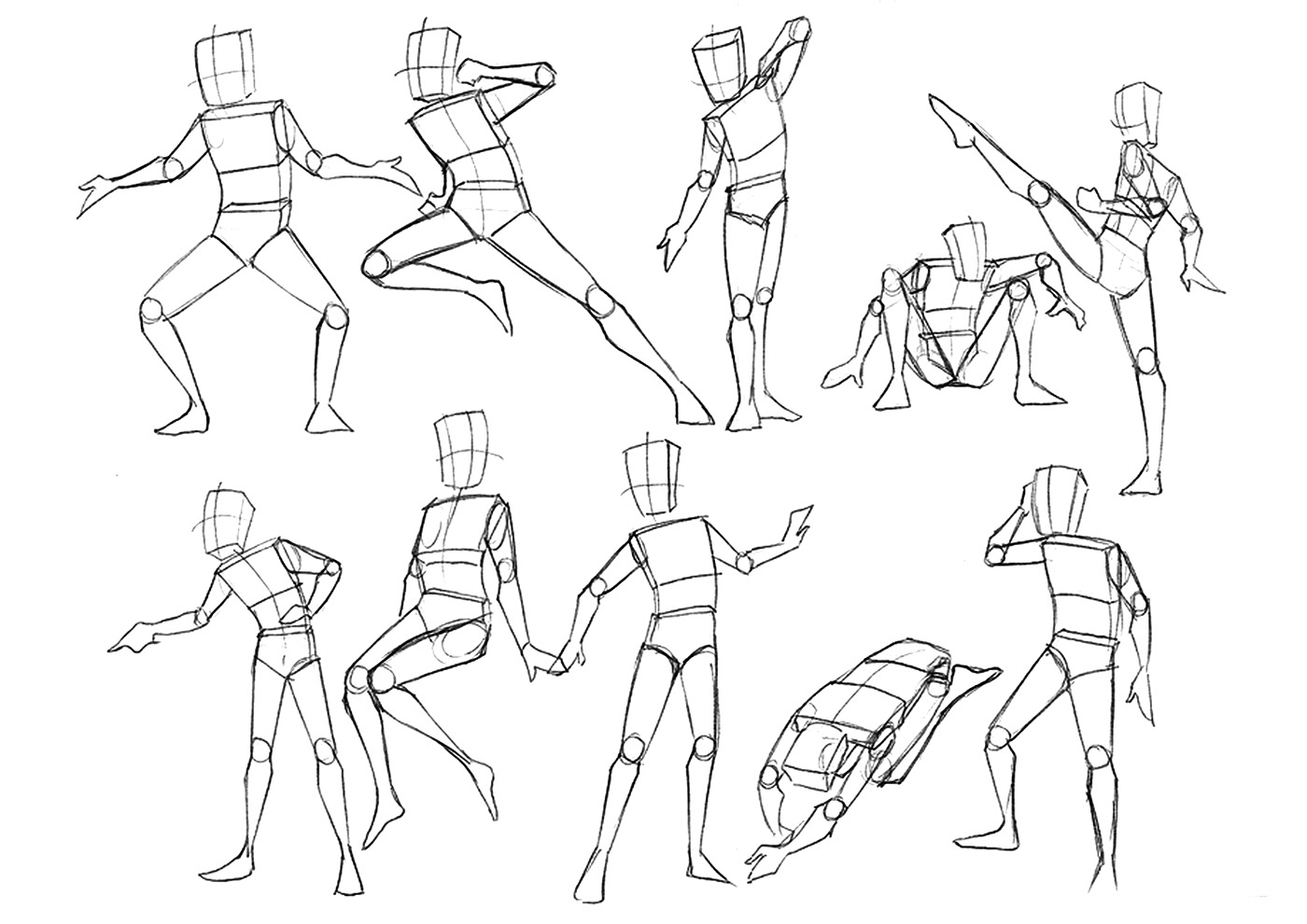
Photo Credit by: bing.com /



